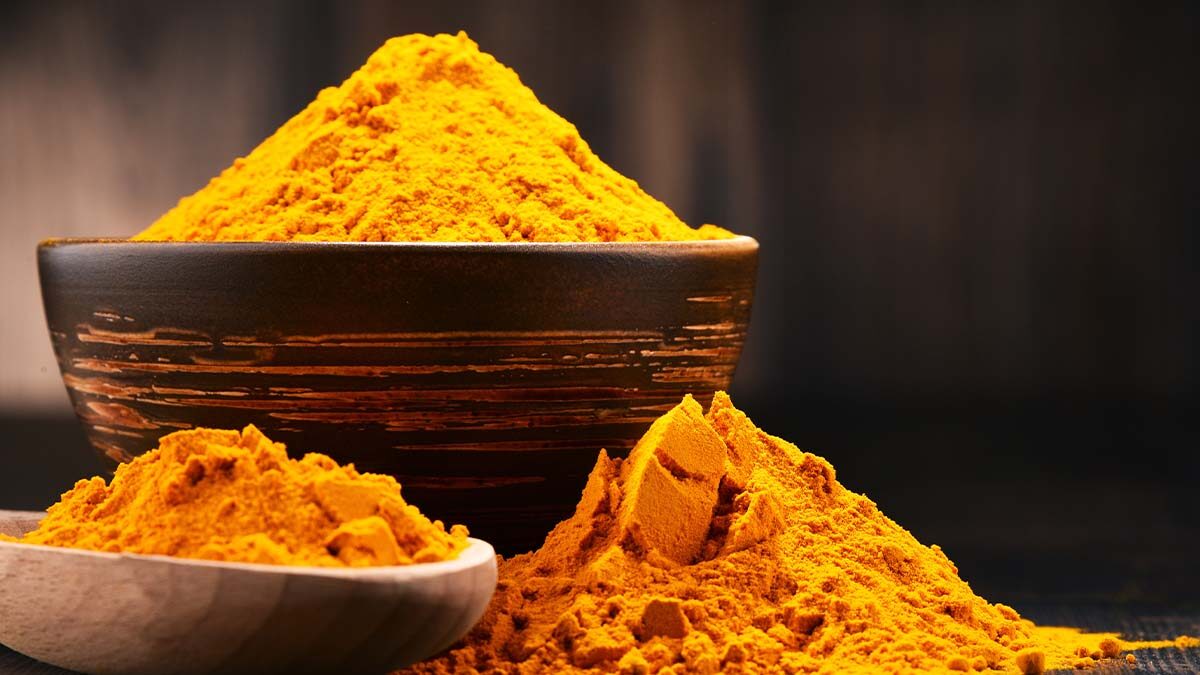Following flax and wheatgrass, turmeric is the third best-selling botanical dietary supplement, racking up $12 million in sales. Currently, sales are increasing at a rate of 20%.
“Curcumin is a natural plant product extracted from the turmeric root and is used commonly as a food additive popular for its pleasant mild aroma and exotic yellow color. It is widely considered unlikely to cause side effects.” However, just because something is natural doesn’t mean it’s not toxic. Strychnine is natural; cyanide is natural. Lead, mercury and plutonium are all elements—can’t get more natural than that! But turmeric is just a plant. Surely plants can’t be dangerous? Tell that to Socrates.
“In considering the validity of the widely accepted notion that complementary and alternative medicine is a safer approach to therapy, we must remind ourselves and our patients that a therapy that exerts a biologic effect is, by definition, a drug and can have toxicity.” It cannot be assumed that diet-derived agents will be innocuous when administered as pharmaceutical formulations at doses likely to exceed those consumed in the diet.
Traditional Indian diets may include as much as a teaspoon of turmeric a day. Doses of turmeric that have been used in human studies range from less than just a 16th of a teaspoon a day to two tablespoons a day for over a month. On the other hand, the curcumin trials have used up to the amount found in cups of the spice, around 100 times more than what curry lovers have been eating for centuries.
Studies have yet to show overt serious side effects in the short-term. However, if we combine high dose curcumin with black pepper, resulting in a 2000% boost in bioavailability (See Boosting the Bioavailability of Curcumin), it could be like consuming the equivalent of 29 cups of turmeric a day. That kind of intake could bring peak blood levels to the range where you start seeing some significant DNA damage in vitro.
So just incorporating turmeric into your cooking may be better than taking curcumin supplements, especially during pregnancy. The only other contraindication cited in the most recent review on curcumin was the potential to trigger gallbladder pain in individuals with gallstones.
If anything, curcumin may help protect liver function and help prevent gallstones by acting as a cholecystokinetic agent, meaning that it facilitates the pumping action of the gallbladder to keep the bile from stagnating. In one study, profiled in my video, Who Shouldn’t Consume Turmeric or Curcmin?, researchers gave people a small dose of curcumin, about the amount found in a quarter teaspoon of turmeric and, using ultrasound, were able to visualize the gallbladder squeezing down in response, with an average change in volume of about 29%. Optimally, though we want to squeeze it in half. So the researchers repeated the experiment with different doses. It took about 40 milligrams to get a 50% contraction, or about a third of a teaspoon of turmeric every day.
On one hand that’s great—totally doable. On the other hand, that’s some incredibly powerful stuff! What if you had a gallbladder obstruction? What if you had a stone blocking your bile duct? If you eat something that makes your gallbladder squeeze so much, it could cause pain. So patients with biliary tract obstruction should be careful about consuming curcumin. For everyone else, these results suggest that curcumin can effectively “induce the gallbladder to empty and thereby reduce the risk of gallstone formation and ultimately even gallbladder cancer.”
Too much turmeric, though, may increase the risk of kidney stones. Turmeric is high in soluble oxalates which can bind to calcium and form insoluble calcium oxalate, which is responsible for approximately 75% of all kidney stones. “The consumption of even moderate amounts of turmeric would therefore not be recommended for people with a tendency to form kidney stones.” Such folks should restrict the consumption of total dietary oxalate to less than 40 to 50 mg/day, which means no more than at most a teaspoon of turmeric. Those with gout, for example, are by definition, it appears, at high risk for kidney stones, and so if their doctor wanted to treat gout inflammation with high dose turmeric, he or she might consider curcumin supplements, because to reach high levels of curcumin in turmeric form would incur too much of an oxalate load.
If we are going to take a supplement, how do we choose? The latest review recommends purchasing from Western suppliers that follow recommended Good Manufacturing Practices, which may decrease the likelihood of buying an adulterated product.
I previously discussed the role spices play in squelching inflammation and free radicals in Which Spices Fight Inflammation? and Spicing Up DNA Protection. Then out of the lab into the clinic with attempts to test the ability of turmeric extracts to treat joint inflammation with Turmeric Curcumin and Rheumatoid Arthritis and Turmeric Curcumin and Osteoarthritis.
I wish there was more science on wheatgrass. I just had that one unhelpful anecdote in my video How Much Broccoli Is Too Much? There is good science on flax though. See:
- Flax Seeds For Breast Pain
- Breast Cancer Survival and Lignan Intake
- Flax and Fecal Flora
- Prostate vs. Plants
- A Better Breakfast
Those who are susceptible to kidney stones should try to alkalinize their urine by eating lots of dark green leafy vegetables. See Testing Your Diet with Pee & Purple Cabbage.
Based on this new science on turmeric (lots more to come!), I now try to include it in my family’s daily diet.
-Michael Greger, M.D
PS: If you haven’t yet, you can subscribe to my videos for free by clicking here and watch my full 2012 – 2015 presentations Uprooting the Leading Causes of Death, More than an Apple a Day, From Table to Able, and Food as Medicine.
